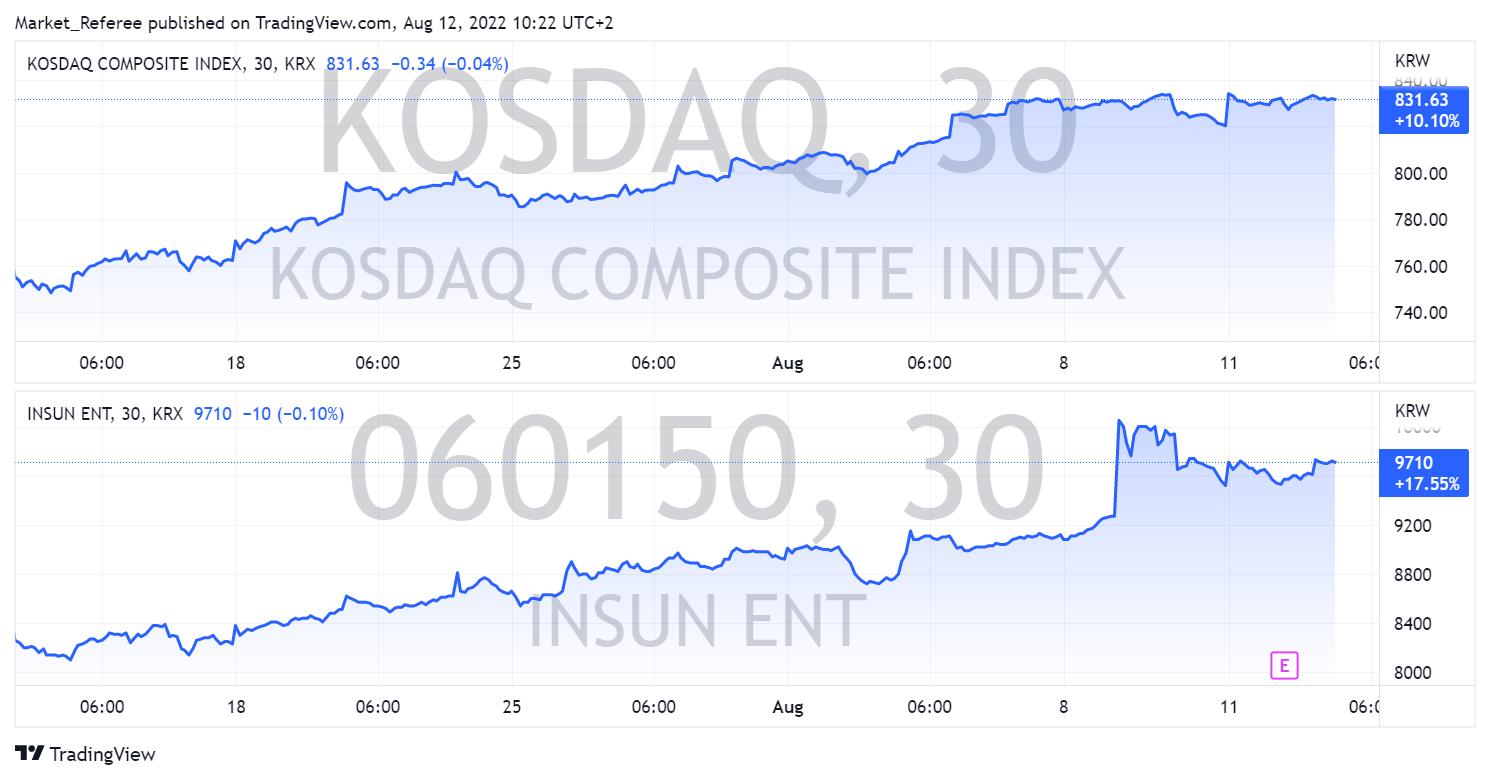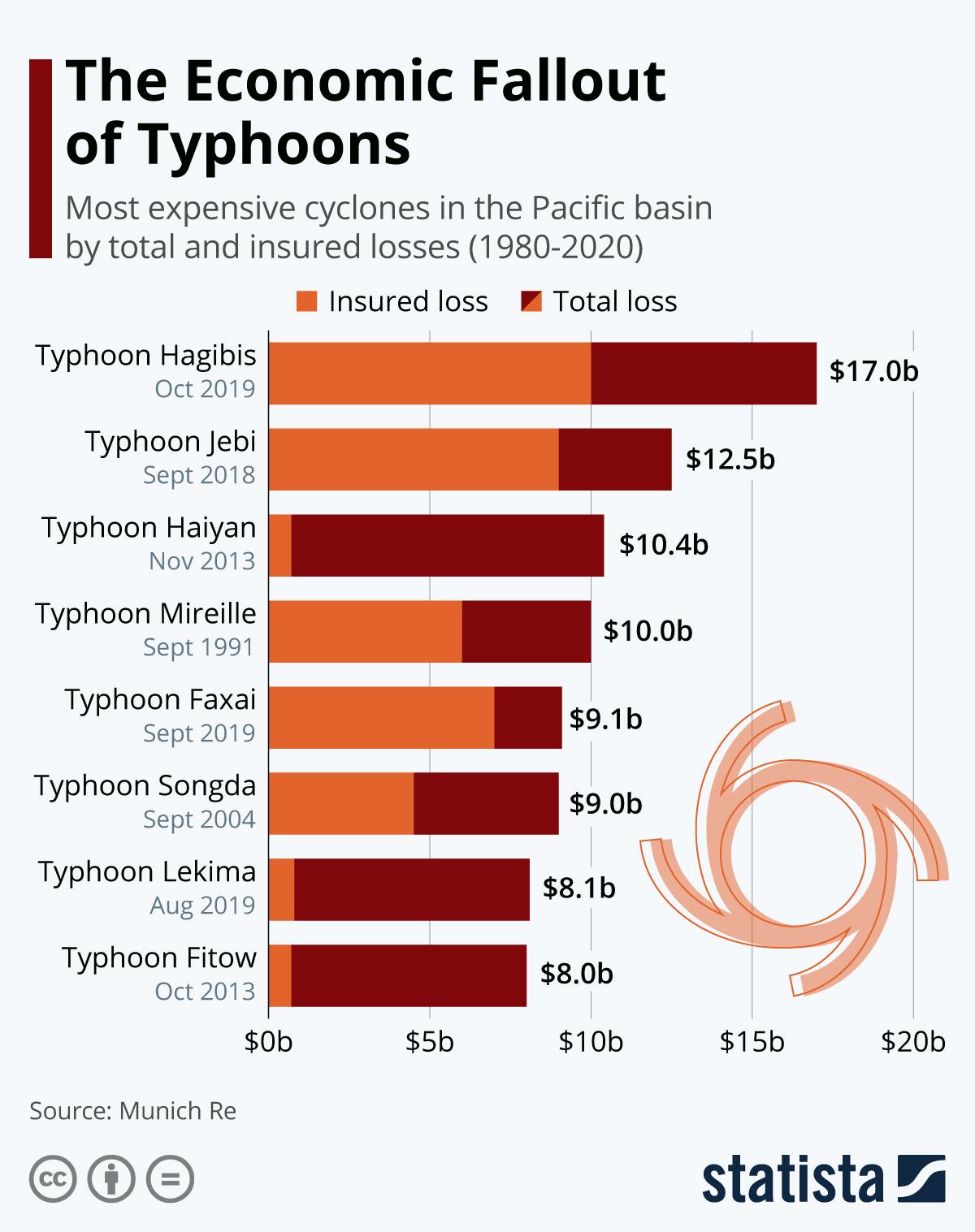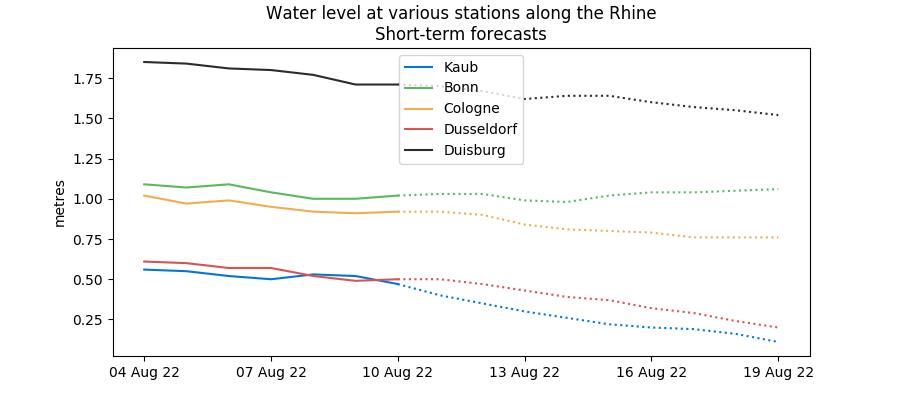(MENAFN- Asia Times)
If it's not raining, it's pouring. Geopolitical and political crises, inflation, supply-chain bottlenecks, what else could possibly happen this year? Natural disasters.
On August 8, Seoul was hit by some of the heaviest rains in 80 years, killing at least nine people. The last time flooding of such magnitude in the south of the Korean Peninsula was recorded was in 1942.
According to the General Insurance Association of Korea, more than 7,500 car owners claimed compensation for flooding or damage to their vehicles, with the total amount of compensation estimated at about 97.76 billion won (US$74.6 million).
As for the stock market, even though the Kosdaq Composite Index remained resilient, Insun ENT , a major total environmental service company, soared by more than 16% in one day.

Besides the economic consequences, the country could face yet another political crisis. According to a weekly poll , South Korean President Yoon Suk-yeol's approval rating fell 3.8 percentage points from a week earlier, to 29.3%. The negative assessment of Yoon's conduct of state affairs gained 3.3 percentage points to 67.8%. By comparison, the level of public support for US President Joe Biden was 36% in the second half of July.
There is no reason to believe that the Korean head of government will resign tomorrow; however, the level of social tension in the country may rise. In a recent study , the International Monetary Fund (IMF) showed that unrest can have a negative economic impact as consumers become spooked by uncertainty and output is lost in manufacturing and services.

China, a yellow alert was issued on August 10 as Typhoon Mulan, the seventh one this year, approached the coastal areas of Hainan and Guangdong provinces in southern China. The problem is that Hainan is the leading seed production base in China, and Guangdong is considered the economic and industrial center of the country. According to official figures, annual damage from typhoons in China reaches about $5.6 billion.
In Europe, in the meantime, the problem has exactly the opposite nature. Water levels in the Rhine River are approaching dangerously low levels. According to new forecasts, Europe's most important waterway for inland transport of goods by barge may become impassable any time soon.

below 40 centimeters would mean barges at a key transit point in Germany could no longer pass. As a result, the European Union could face shortages of energy and goods. It is estimated that up to 10% of all European chemical shipments, including raw materials, fertilizers, intermediates, and finished chemical products, are transported along the Rhine River.
The Rhine accounts for about 28% of Germany's chemical shipments. According to Kiel Institute research ,“low water levels lead to transportation disruptions that cause a significant and economically meaningful decrease of economic activity.” This time the economic impact could be even worse, as supply chains were already suffering from the Covid-19 pandemic and geopolitical tensions.
MENAFN15082022000159011032ID1104696257
Legal Disclaimer:
MENAFN provides the information “as is” without warranty of any kind. We do not accept any responsibility or liability for the accuracy, content, images, videos, licenses, completeness, legality, or reliability of the information contained in this article. If you have any complaints or copyright issues related to this article, kindly contact the provider above.